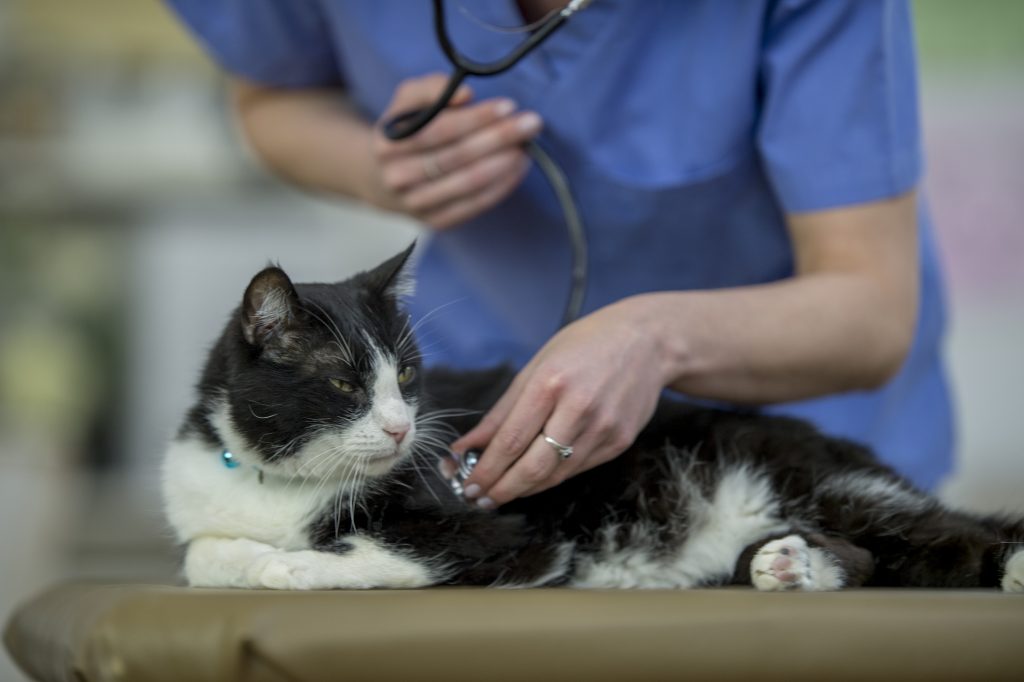How much does pet insurance cost in 2022?
Index

How much is pet insurance in Australia?
Owning a pet can be one of life’s biggest joys, but it also comes with many responsibilities and costs that stack up quickly. One cost you probably shouldn’t overlook when you take on the role of caring for a pet, is having a good pet insurance policy in place to protect you financially from unexpected vet bills due to injury or illness.
So how much does pet insurance cost in Australia? Generally, pet owners can expect to pay anywhere between $20 to $60 per month on pet insurance costs.
Read on to find out how much pet insurance costs, what affects premiums, whether pet insurance is worth it and how to choose the right policy.
How much does pet insurance cost?
While the average cost of pet insurance ranges from $240 to $720 a year, the amount you pay will depend on the policy you select.
The average pet insurance cost for a cat per year is $300 for accidental injuries cover, $480 for accidents and illness cover, and $600 for comprehensive cover.
Pet insurance cost for a dog averages $375 per year for accident cover, $780 for accident and illness cover and roughly $850 for comprehensive coverage.
Not all pet insurance policies are the same or offer the same inclusions. It’s important to research different policies and opt for a provider that offers cover for both injuries and illnesses. Pet ownership comes with a lot of costs that aren’t always predictable, so an insurer that understands your needs will be an advantage.
Should I get pet insurance?
Pet insurance reduces your overall veterinary costs in the case that your cat or dog gets sick or injured. It will help protect you financially from unexpected events.
Unfortunately, pet ownership doesn’t come cheap. General vet expenses that pet owners fork out for each year can stack up to $500 alone, while worming, tick and flea treatments can set you back a further $300 to $450. Other pet costs include:
- Pet food
- Grooming
- Council registration
- Desexing
- Vaccinations and medications
- Emergency vet treatments
However, the most expensive vet bills occur when pets get sick or injured, and they can really stretch the budget and impact your savings account. Emergency medical treatments and procedures often stack up to thousands of dollars, depending on what’s needed.
Dogs and cats are susceptible to illnesses, such as:
- Cardiovascular disease
- Diabetes
- Osteoarthritis
- Liver disease
- Heart disease, and more.
For Australian pet owners, there is the added worry of spider or snake bites, fleas and ticks, poisonous toads or frogs, lizards and even the threat of kangaroos, as well as injuries from road accidents.
You might like: How long after a snakebite will a dog die? What you need to know to help your pet
Having reliable pet insurance can cover a substantial portion of these costs, keeping you financially protected. Without adequate pet coverage, you risk being stuck with an eye-watering vet bill in the event of something unfortunate happening to your beloved pet.

What affects the price of pet insurance premiums?
So that you’re paying a fair price on your pet insurance, a range of influences are used to calculate your premium. Your pet insurance premium will depend on some of the following:
- How many pets your policy covers
- The type of animal
- Their age, breed, gender and whether they’re desexed
- Your location
- The type of policy you choose and inclusions
The breed of your dog can make a massive difference to pet insurance costs. Larger dog breeds, short-nosed breeds and purebred dogs are generally the most expensive types of dogs to insure due to the likelihood of them having more health issues from genetic predispositions. French Bulldogs, Basset Hounds and Rottweilers cost much more to insure than Chihuahuas, Jack Russell’s, and Pomeranians.
Cats generally cost about the same amount to insure regardless of breed or age.
Choosing a pet insurance policy
Depending on the cover you need, your policy will be priced differently. Comprehensive cover for medical expenses or pre-existing conditions will cost more than basic policies with limited coverage. Be sure to investigate and compare policies as some will even have optional routine care cover for vaccinations, check-ups and more.
A cheap pet insurance policy with basic coverage will likely only cover you in the case of certain accidental injuries. Some basic policies may cover illnesses, but the reimbursement percentage is usually lower and the amount you can claim each year will also be reduced.
The excess you opt to pay will also influence your premium. When you pay a higher excess, your monthly insurance premium will be lower, and if you pay a lower excess, you can expect a higher monthly insurance payment.
While a cheap pet insurance policy with basic cover will typically have an annual benefit limit of $5,000, a comprehensive policy will usually have a limit of about $15,000 plus. With expensive claims this makes a huge difference, and those policies with 80% cover rather than 100% cover will certainly not hold up as well.
With cheaper policies your excess may only be between $100 and $200, which can help with small claims such as a dog ear infection, but if you need a policy that will cover larger vet bills, it’s better to opt for one with a higher excess and lower premiums.
Saving a little bit of money each month with a cheaper insurance cover could come at the risk of losing more money in the future if a big expense arises.
Pet insurance policies vary widely between insurers and their products. To get the best policy for your circumstances, it pays to shop around and get familiar with different coverage options. By doing this you could save yourself some money by getting a cheaper policy that offers the same inclusions and coverage as a different pet insurer.

What pet owners need to know to save money on pet insurance costs
One tip to remember when thinking about insurance for your pets is that you should insure your pet from a young age before they have any health problems that would be excluded from the policy. As your pets age, they can become more difficult to insure with many providers refusing to insure them at all past a certain age. It’s also difficult to get any pre-existing conditions covered.
Generally, you can’t get cover for pets older than seven to nine years or younger than eight weeks. Be sure to read the fine print for exclusions as there are some conditions that occur that your policy will not pay out.
The pet insurance market is naturally very competitive, so keep your eyes peeled for discounts and coupon codes that are available to new customers and will offer you an attractive premium rate.
Before you sign up to something new, check your home and contents insurance policy as some of your pet’s health care costs may be included.
You might like: How much does dog teeth cleaning cost?
Is pet insurance worth it?
It’s worth the cost of pet insurance to ensure you are financially protected if something bad happens to your pet. Without pet insurance, you could find yourself in a horrible position of not being able to afford or pay for the help and care that your pet needs.
This can result in the devastating decision of having to get your pet euthanised instead of being able to save them. No pet owner wants to be in this position, so having pet insurance can save you a lot of heartache and a lot of money on expensive vet bills.
In some cases, you may pay pet insurance for years without receiving any benefits so it’s worthwhile to view it as a regular pet expense, which pays off when needed, giving you plenty of peace of mind.
Get pet insurance quotes
When you’re considering your pet’s healthcare costs, it’s important to compare pet insurance providers to find the best quotes and policies. Examine each policy for the level of cover it provides. Remember that a cheap pet insurance policy isn’t always the best option and won’t necessarily save you money in the long run. Take your time to read the fine print and find the right fit.
